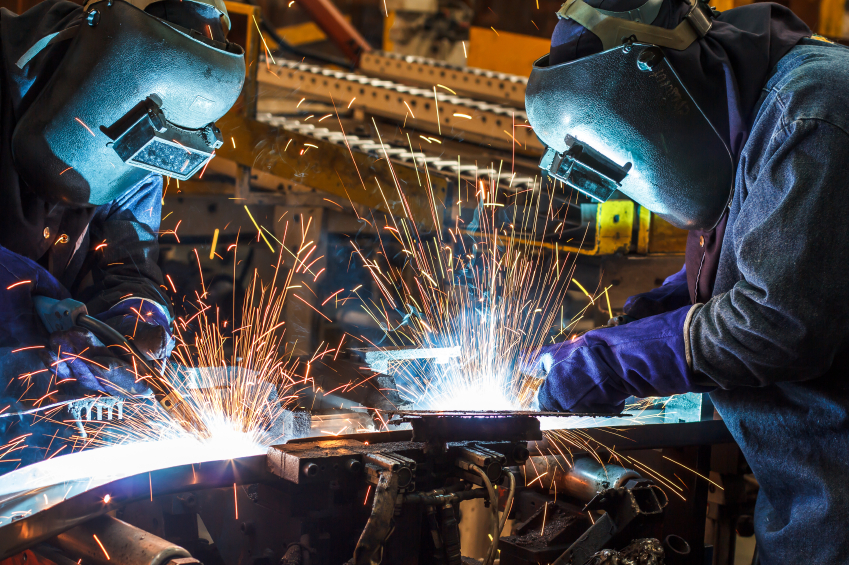Welding is a hazardous activity that poses a unique combination of both safety and health risks to more than 500,000 workers in a wide variety of industries. Because it is a common operation in many workplaces, its hazards are often underappreciated. The federal Occupational Safety and Health Administration (OSHA) reports that more than four deaths per thousand workers are attributed to welding accidents.

|
If you have welders, you and they must be aware of the health and safety hazards that arise from this type of work.
Training for Welders
Welders must be trained to safely operate their equipment and safely use the process. OSHA’s requirements for different types of welding operations and training are contained in 29 CFR 1910.251-255 (Subpart Q).
OSHA requires that:
- Welders must be suitably trained to safely operate equipment and select appropriate personal protective equipment (PPE). Only trained and qualified personnel are allowed to use welding equipment.
- Fire watchers must be trained to use fire extinguishing equipment and know how to sound the alarm in the event of a fire.
- Workers who handle oxygen and fuel-gas supply equipment must be trained to recognize the hazards and take necessary safety precautions to prevent fires and explosions.
Hazard Identification for Welders
Training should inform welders of the five main hazards of welding, which are:
- Fire (from flame, sparks, and slag). Welders should always remove combustible materials from the operation area and clean all flammable substances from the work surface. Wooden floors should be covered, if possible. Fire screens should be used to keep sparks contained. A fire watcher with an extinguisher should always be on hand. Gas welders should always check the safety data sheet for the gas they are using, handle compressed gas cylinders carefully, and be sure to turn off the gas when equipment is not in use.
- Fumes (from heated metal). To protect workers from fumes, the area should be well ventilated. Care should be taken to make sure fire screens and barriers do not block ventilation. Outdoor welding operations should be set up so that the welder works upwind of fumes. An approved respirator should be used if required (e.g., when fumes are toxic). And, welders should be reminded to stop working and get to fresh air if they start to feel ill.
- Ultraviolet (UV) and heat radiation. Ultraviolet radiation causes flash burns, infrared radiation causes heat burns, and intense visible light can cause headaches and eye strain. Goggles, face shields, and helmets with lens shades are vital pieces of safety equipment. Eye and face protection such as impact- and heat-resistant goggles, face shields, and helmets will also prevent injuries from sparks, slag, and electric shock.
- Electric shock. Arc welders must inspect equipment to make sure it is in good condition and properly grounded. They should avoid working in wet areas and wearing metal items such as belt buckles, wedding rings, and watchbands. They also need to wear insulated gloves.
In addition, welders must receive training and information in any hazards incidental to their work, including those presented by:
- Working in an elevated location;
- Working in confined spaces; and
- Working on tanks and drums that may have contained hazardous chemicals.
Tomorrow, we’ll look at the case of a welder who was injured by an incidental hazard after the welding was complete—while he was checking his work.
